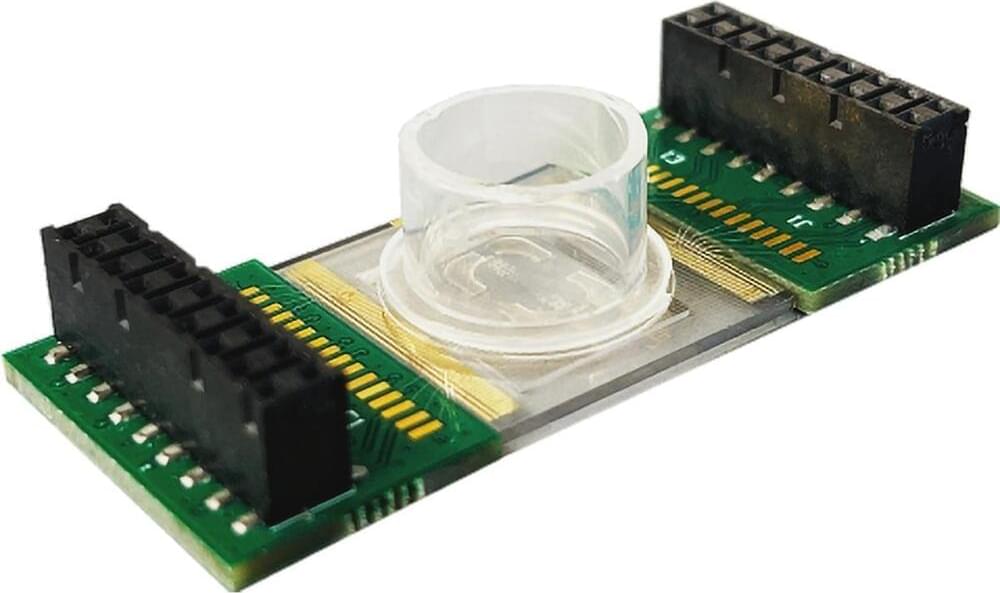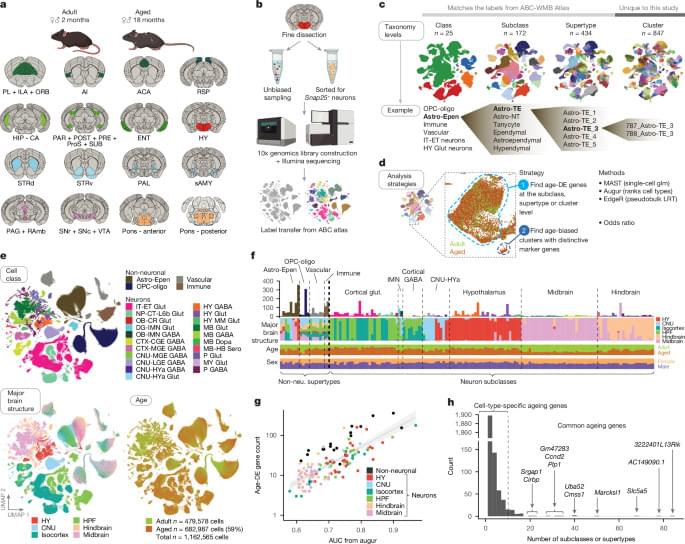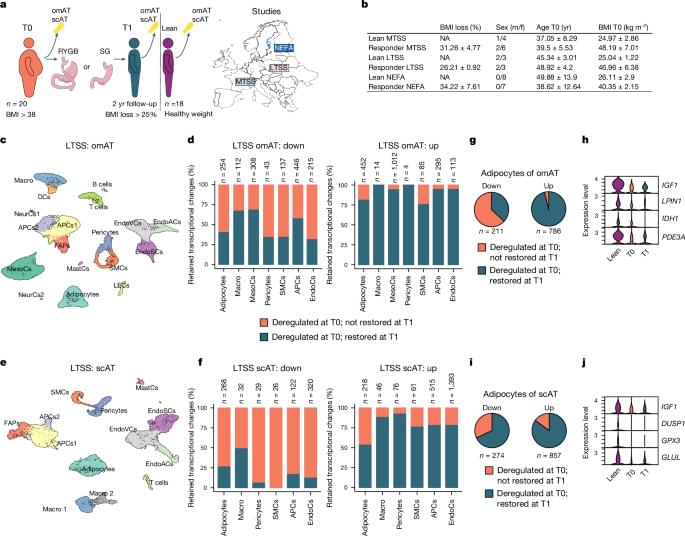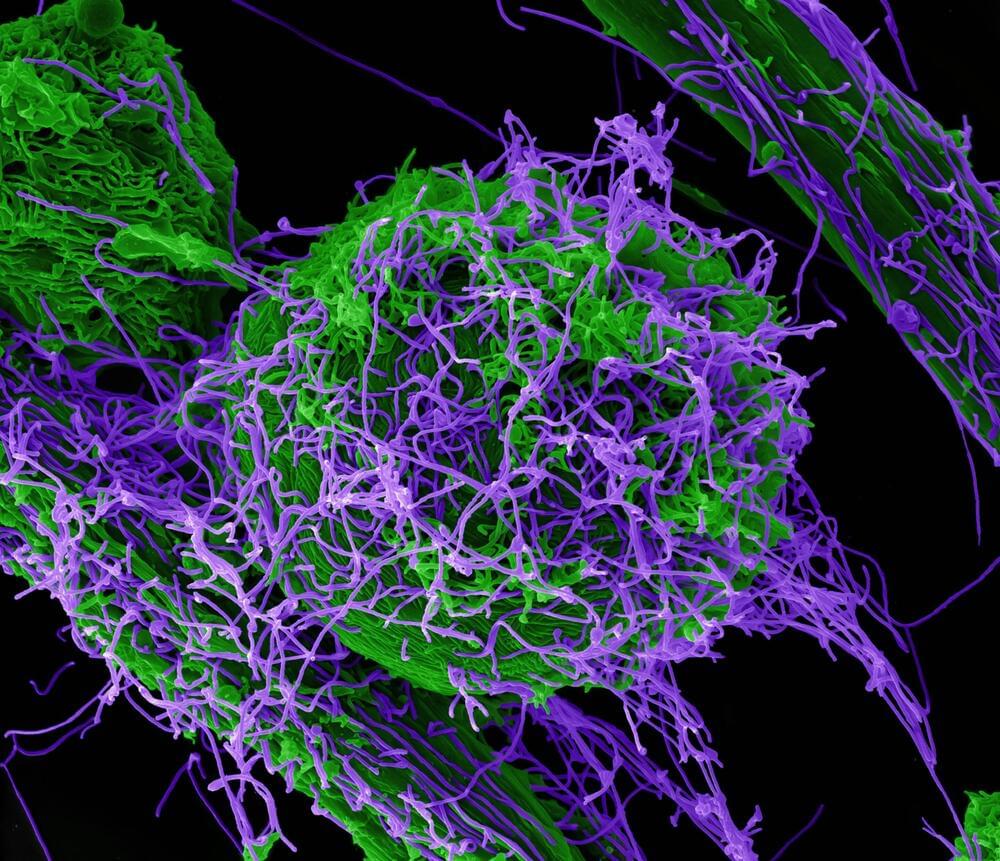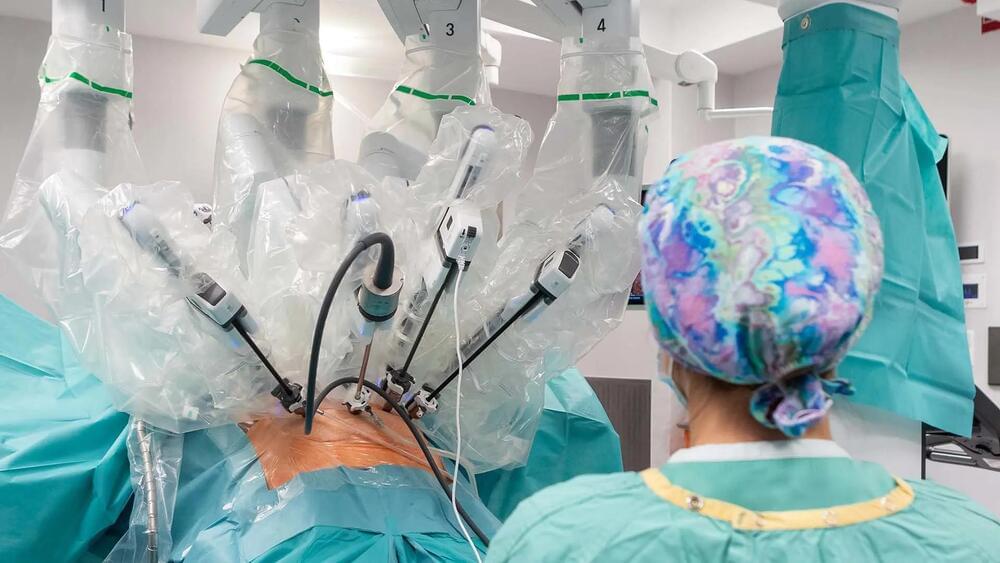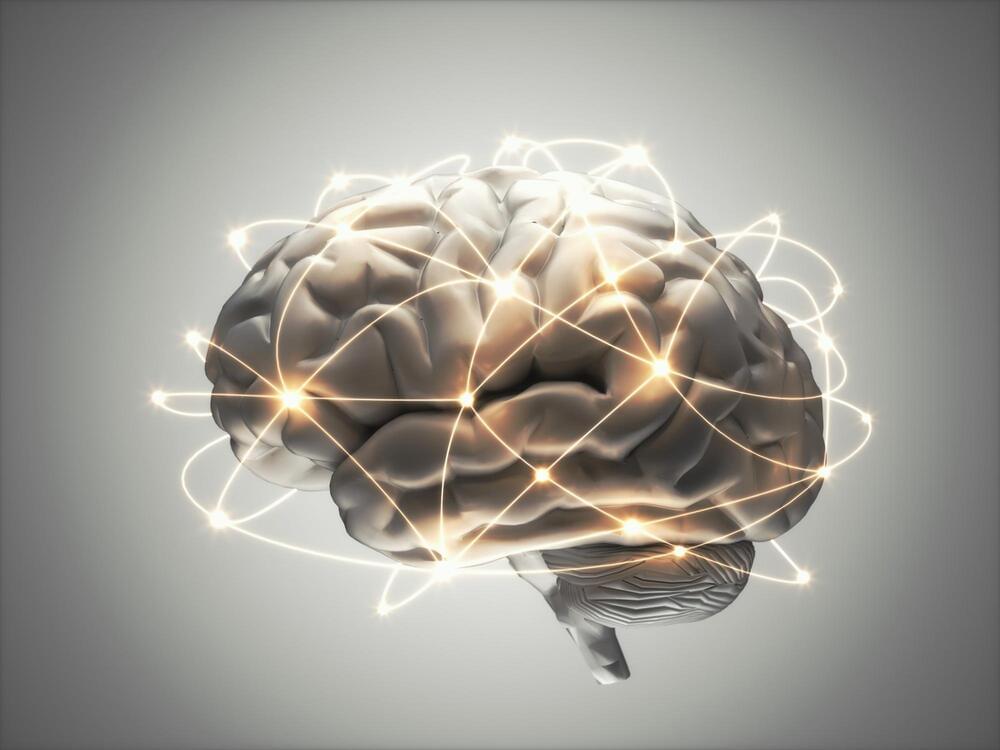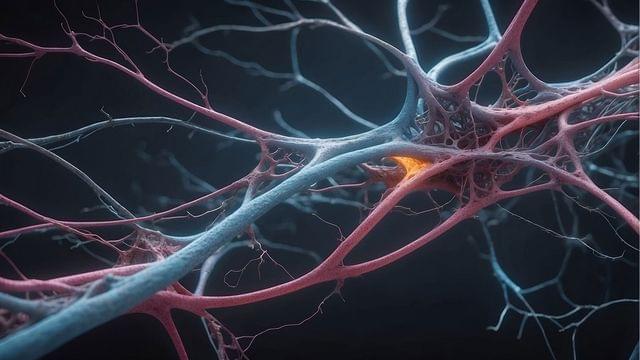Researchers at the University of Massachusetts Amherst have developed an innovative technology inspired by the synchronization mechanism of WWI fighter aircraft, which coordinated machine gun fire with propeller movement. This breakthrough allows precise, real-time control of the pH in a cell’s environment to influence its behavior. Detailed in Nano Letters, the study opens exciting possibilities for developing new cancer and heart disease therapies and advancing the field of tissue engineering.
“Every cell is responsive to pH,” explains Jinglei Ping, associate professor of mechanical and industrial engineering at UMass Amherst and corresponding author of the study. “The behavior and functions of cells are impacted heavily by pH. Some cells lose viability when the pH has a certain level and for some cells, the pH can change their physiological properties.” Previous work has demonstrated that changes of pH as small as 0.1 pH units can have physiologically significant effects on cells.
